Understanding the Straight Horned Baboon Tarantula
The Straight Horned Baboon Tarantula (also known as Ceratogyrus marshalli) is a captivating and sought-after species in the tarantula-keeping hobby. Known for their unique horn-like projection on their carapace and striking coloration, these spiders offer an exciting experience for both novice and experienced keepers. This guide will delve into every aspect of their care, from habitat setup and feeding to handling and health, ensuring a thriving environment for your Straight Horned Baboon Tarantula. Understanding the specific needs of this species is crucial for its well-being, and this guide will provide all the necessary information to create a comfortable and enriching environment for your pet. It will help to develop a deep appreciation for these fascinating creatures.
What is a Straight Horned Baboon Tarantula?
The Straight Horned Baboon Tarantula is a terrestrial tarantula species native to Southern Africa. They are relatively fast-growing and can reach a considerable size, with females typically being larger than males. Their scientific name, Ceratogyrus marshalli, reflects their unique horn-like structure located on their carapace. These spiders are known for their defensive behaviors, including burrowing and the ability to flick urticating hairs. These hairs can cause skin irritation, so caution and respect are key. They are also known for their vibrant colors, ranging from brown to reddish hues, depending on their age and molting cycle. Understanding their natural behaviors is vital to providing proper care.
Native Habitat
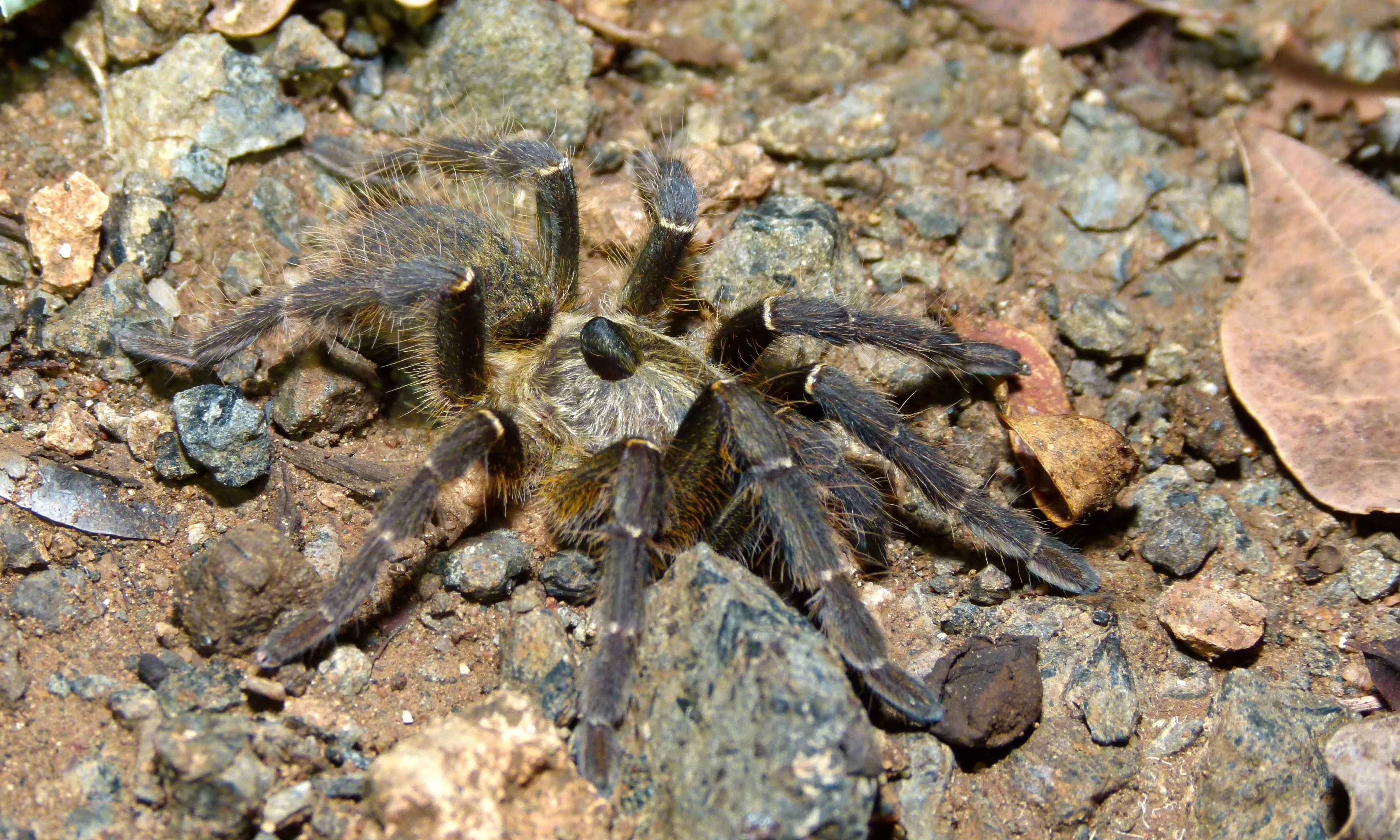
Straight Horned Baboon Tarantulas originate from the savannas and grasslands of Southern Africa, particularly countries such as Zimbabwe, Botswana, and Mozambique. In their natural habitat, they construct burrows in the ground, providing shelter from the harsh climate and protection from predators. The environment is characterized by dry seasons and fluctuating temperatures. They are well-adapted to these conditions, influencing the type of enclosure and environmental parameters needed in captivity. They typically prefer a humid environment, especially during molting, so it is essential to replicate these conditions in your setup. Their survival depends on these conditions.
Appearance and Characteristics
The Straight Horned Baboon Tarantula is a striking species characterized by its unique horn-like projection on the carapace, which is the top part of their body. They exhibit a range of colors, including shades of brown, tan, and reddish-brown, often with lighter markings on their legs. Females are typically larger than males, with a body length that can reach up to 5-6 inches. Their bodies are covered in urticating hairs, which they can flick off as a defense mechanism. These hairs cause irritation upon contact. Additionally, they possess strong fangs that are used for capturing prey. These features make them stand out.
Setting Up a Straight Horned Baboon Tarantula Enclosure
Creating a suitable enclosure is paramount to the health and well-being of your Straight Horned Baboon Tarantula. The setup should mimic their natural habitat to provide a secure and comfortable environment. This includes selecting the right tank size, choosing appropriate substrate, maintaining proper temperature and humidity levels, and incorporating suitable décor. A well-designed enclosure not only enhances their quality of life but also makes observation and maintenance easier. Proper setup is one of the keys to success. The goal is to create a natural and secure environment for the tarantula to thrive.
Choosing the Right Tank
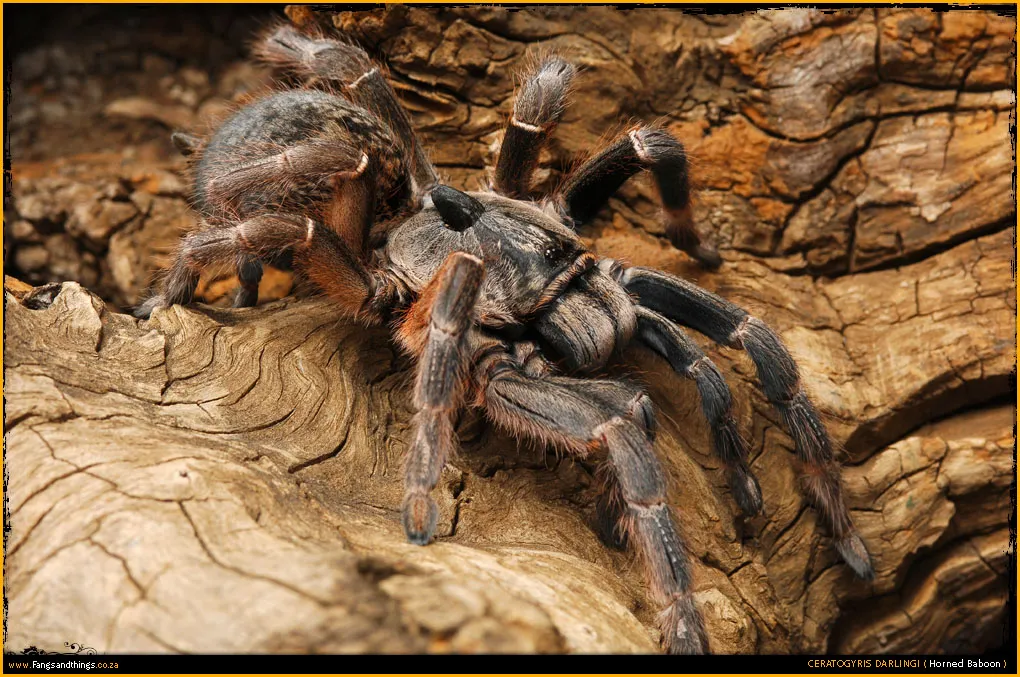
The size of the enclosure should be appropriate for the tarantula’s size. A juvenile Straight Horned Baboon Tarantula can be housed in a smaller terrarium, such as a 5-10 gallon tank. As they grow, they will need a larger space, ideally a 10-20 gallon tank for adults. The tank should have a secure, well-ventilated lid to prevent escapes. Avoid using tanks that are too tall, as a fall from a height can be fatal. The tank should provide enough floor space for burrowing and roaming. Remember, the overall goal is to provide a comfortable and safe living space for your tarantula to thrive in.
Substrate Selection
The substrate is a crucial component of the enclosure, providing a base for burrowing and maintaining humidity. A good substrate for a Straight Horned Baboon Tarantula includes a mix of peat moss, coco fiber, and a small amount of vermiculite. This blend retains moisture well and allows for burrowing. The substrate should be deep enough, at least 4-6 inches, to allow the tarantula to create a burrow. Ensure the substrate is kept slightly moist, but not wet, to maintain proper humidity. Avoid substrates with sharp edges or materials that can be harmful if ingested. Always monitor your substrate to ensure that it is maintained at appropriate humidity levels.
Temperature and Humidity
Maintaining the correct temperature and humidity levels is vital. The ideal temperature range for a Straight Horned Baboon Tarantula is between 75-85°F (24-29°C). You can use a heat mat or a low-wattage heat lamp to maintain this temperature. Humidity should be kept between 60-70%. This can be achieved by lightly misting the enclosure once or twice a week. Use a hygrometer to monitor the humidity levels. Avoid drastic fluctuations in temperature and humidity. Also, make sure your heat source is regulated and does not overheat the enclosure. Always ensure that the proper environment is maintained to ensure your tarantula’s health and well-being.
Decorating the Enclosure
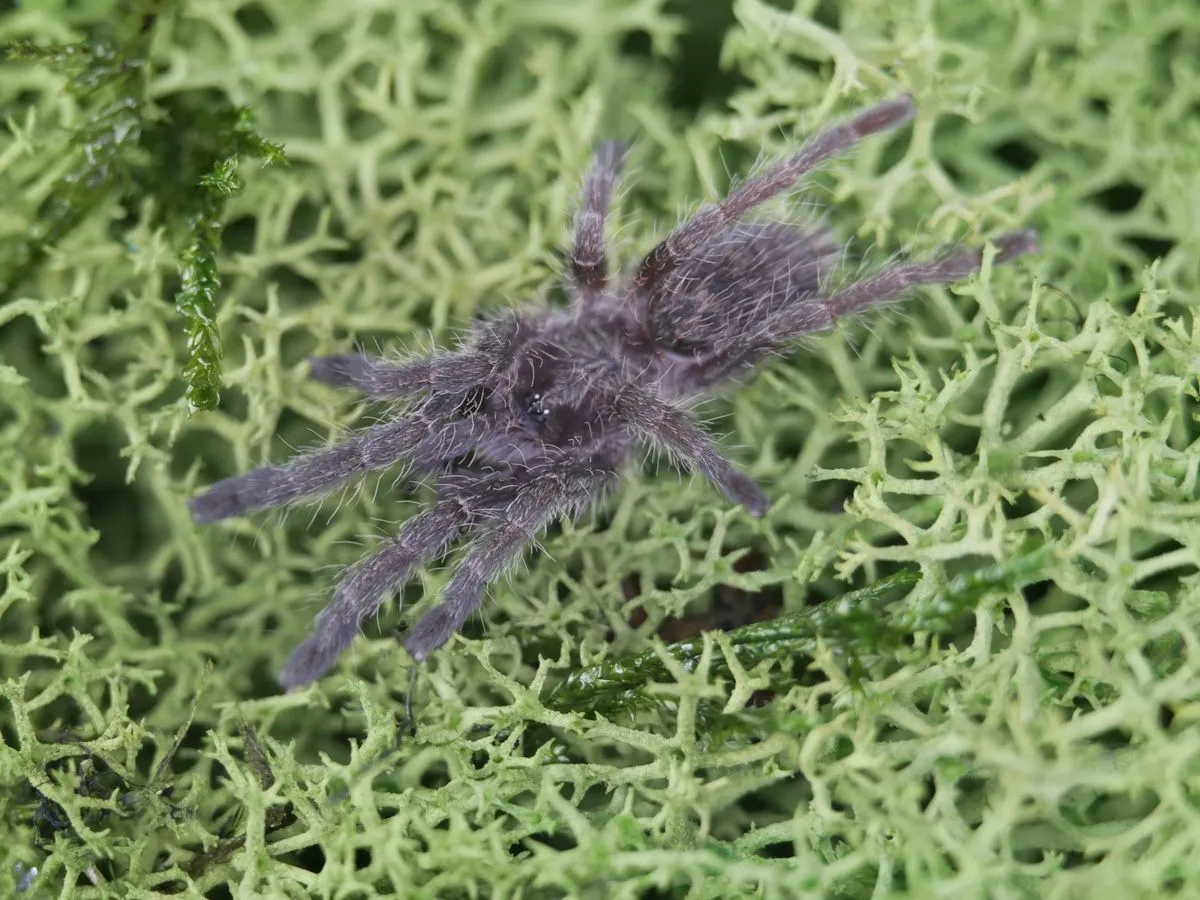
Adding décor to the enclosure enriches the tarantula’s environment, provides hiding spots, and helps replicate its natural habitat. Include a piece of cork bark or a hide to provide a secure hiding place. Artificial or live plants can also be added to the enclosure, but make sure they are safe and non-toxic. A shallow water dish is essential for providing a water source, but ensure it is shallow to prevent drowning. The décor should not obstruct the tarantula’s movement and should be cleaned regularly. A well-decorated enclosure not only looks aesthetically pleasing but also provides enrichment. Ensure the items used are stable and safe for the tarantula.
Feeding Your Straight Horned Baboon Tarantula
Proper feeding is essential to the health and growth of your Straight Horned Baboon Tarantula. The type and frequency of food depend on the spider’s age and size. It’s crucial to provide a balanced diet consisting of appropriate prey items. Avoid overfeeding and always ensure the tarantula has access to fresh water. Regularly observe your tarantula’s eating habits to ensure it is consuming the food offered. Proper feeding practices will contribute to your tarantula’s overall health and vitality. A healthy, well-fed tarantula will thrive in its enclosure.
What to Feed
The diet of a Straight Horned Baboon Tarantula typically consists of insects. Appropriate prey items include crickets, mealworms, dubia roaches, and other commercially available insects. The size of the prey should be appropriate for the size of the tarantula; the prey should not be larger than the spider’s body. It is important to gut-load insects with nutritious food before feeding them to your tarantula. Gut-loading involves feeding insects with nutritious food, such as vegetables and fruits, a day before offering them to your tarantula. This will provide your spider with more nutrients. Avoid feeding wild-caught insects, as they may carry parasites or pesticides.
Feeding Frequency
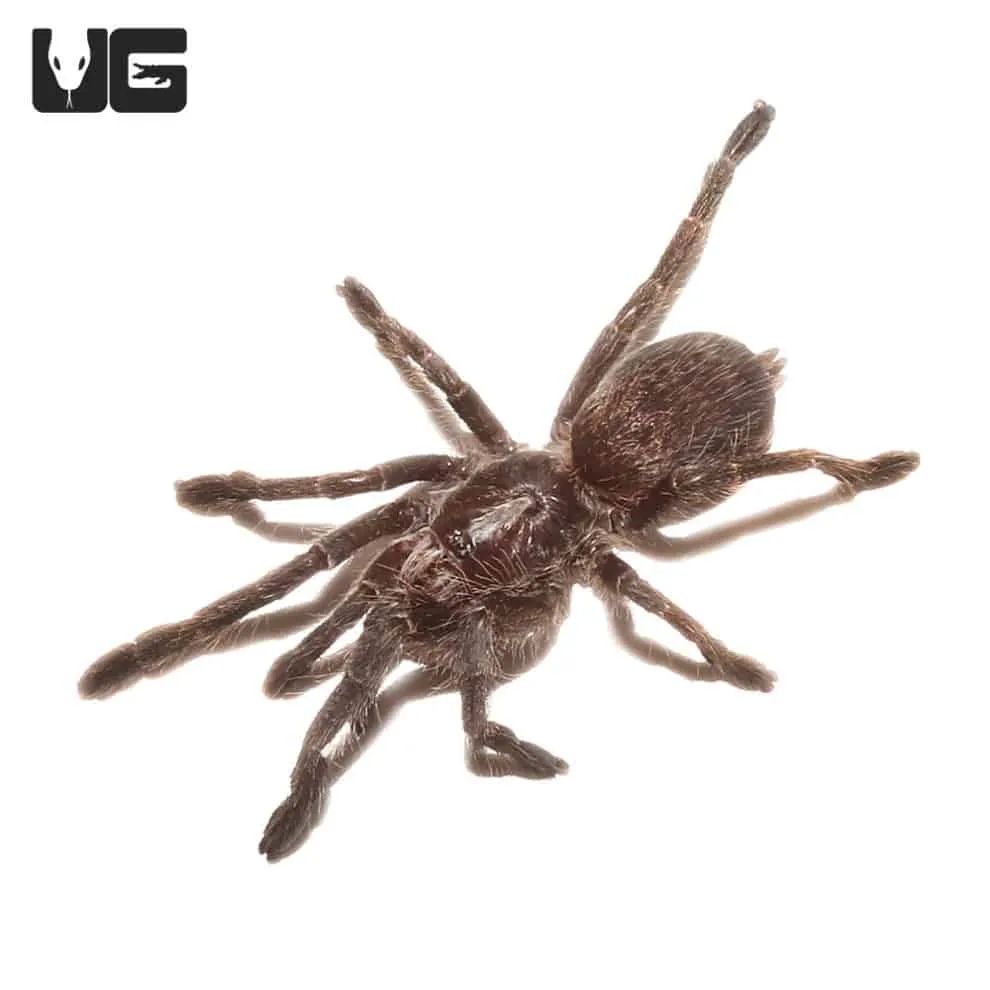
The feeding frequency depends on the age of the tarantula. Spiderlings and juveniles should be fed more frequently, about 2-3 times per week. Adult tarantulas can be fed less frequently, typically once or twice a week. Adjust the feeding schedule based on your tarantula’s appetite and condition. Overfeeding can lead to obesity and other health issues. Remove any uneaten prey items within 24 hours. This prevents stress and the risk of the prey biting or harming the tarantula. Always monitor your tarantula’s weight and eating habits.
Watering and Hydration
Providing fresh water is crucial for hydration. Always have a shallow water dish available in the enclosure. The water dish should be cleaned and refilled regularly to prevent the growth of bacteria. Misting the enclosure can also help maintain the desired humidity levels and provide an additional source of water. Ensure that the substrate is not excessively wet, as this can lead to mold and other issues. Regularly check the water dish and mist the enclosure to maintain an optimal environment. Always prioritize your tarantula’s hydration needs.
Handling and Safety
Handling a Straight Horned Baboon Tarantula should be approached with caution and respect. These tarantulas are known for their defensive behaviors. Understanding their temperament and taking appropriate precautions are key to safety. While some keepers handle their tarantulas, it is not always necessary and can be stressful for the spider. If you choose to handle your tarantula, do so in a safe environment, such as close to the ground. Always handle them gently and avoid sudden movements.
Handling Precautions
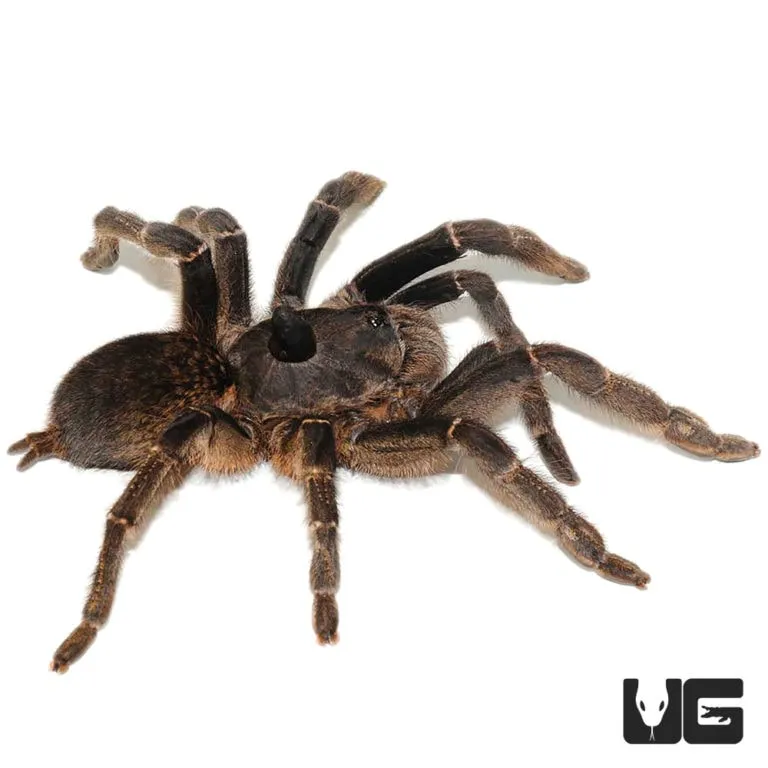
Before handling a Straight Horned Baboon Tarantula, it’s essential to be fully aware of their defensive behaviors. These tarantulas can be very fast, and they may bite if they feel threatened. Always wash your hands thoroughly before and after handling. Handle the tarantula in a safe place, like sitting on the floor. Avoid handling them when they are molting or appear stressed. Keep a clear line of sight to observe their behavior. Make sure you know where they are at all times. Never force the tarantula to move, and allow it to walk onto your hand. Never handle a tarantula while standing.
Recognizing Signs of Stress
It’s important to recognize signs of stress in your tarantula. A stressed tarantula may exhibit certain behaviors, such as flicking urticating hairs, raising its front legs in a defensive posture, or attempting to flee. Avoid handling your tarantula if it shows any of these signs. Be patient and allow the tarantula to settle down. Also, be careful when approaching your tarantula to avoid startling it. Provide plenty of hiding places to make your tarantula feel safe. A secure environment will result in a healthier, less stressed tarantula.
Common Health Issues and How to Address Them
Maintaining the health of your Straight Horned Baboon Tarantula involves recognizing potential health issues and taking appropriate measures. Common health problems can include issues related to molting, parasites, and diseases. Providing a clean and appropriate environment, proper diet, and adequate hydration will significantly reduce the risk of health problems. Regular observation of your tarantula will help you identify any issues early, allowing for prompt intervention. Early detection is key to addressing issues successfully and ensuring your tarantula’s well-being. Prevention is always better than cure, and it is important to be proactive with their health.
Molting Process
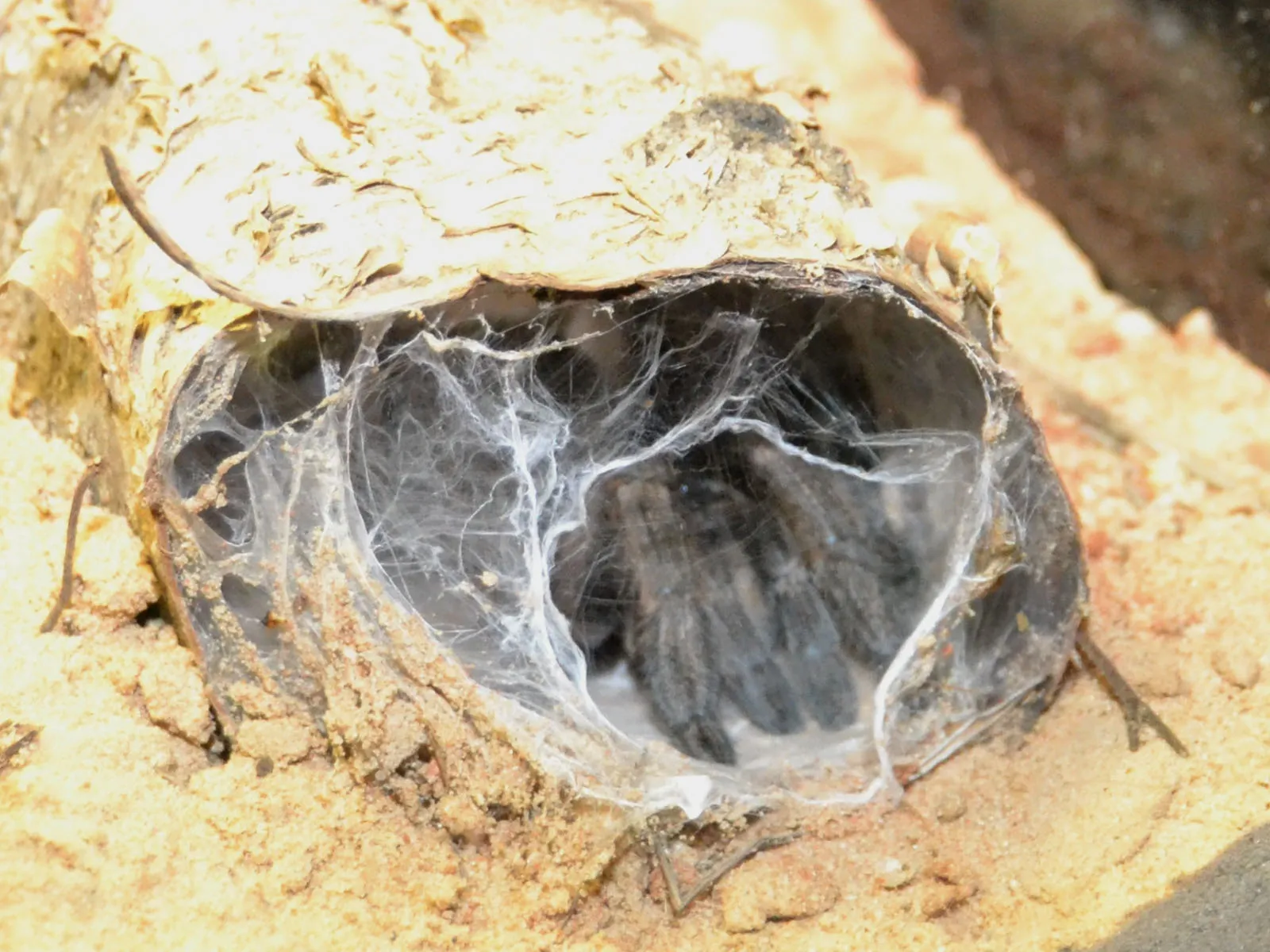
Molting is a natural process where tarantulas shed their exoskeleton. It is a crucial part of their growth. During molting, the tarantula will become inactive and may refuse to eat. Create an environment with sufficient humidity to facilitate the molting process. Do not disturb the tarantula during molting. Avoid feeding the tarantula for a few days before and after molting. Once the tarantula has molted, it will be more vulnerable for a period. Do not handle the tarantula for a few days after molting until its fangs have hardened. Provide a safe and stress-free environment during molting.
Parasites and Diseases
While Straight Horned Baboon Tarantulas are generally hardy, they can be susceptible to parasites or diseases. Mites are one of the most common parasites, which can be identified by small moving spots on the tarantula or in the enclosure. If you suspect mites, isolate the tarantula, thoroughly clean the enclosure, and replace the substrate. Another common issue is fungal infections, which can be prevented by maintaining proper humidity levels and ensuring good ventilation. Seek veterinary advice if you notice any unusual symptoms. Early intervention is vital for the successful treatment of parasites and diseases.
Breeding Straight Horned Baboon Tarantulas
Breeding Straight Horned Baboon Tarantulas can be a rewarding experience, but it requires knowledge and careful preparation. Understanding the process, from sexing the tarantulas to managing the egg sac, is crucial for successful breeding. It is essential to be prepared and patient. Breeding tarantulas involves specific considerations, and you should have an understanding of tarantula care before attempting to breed them. Consider the welfare of the tarantulas throughout the process.
Sexing Your Tarantula
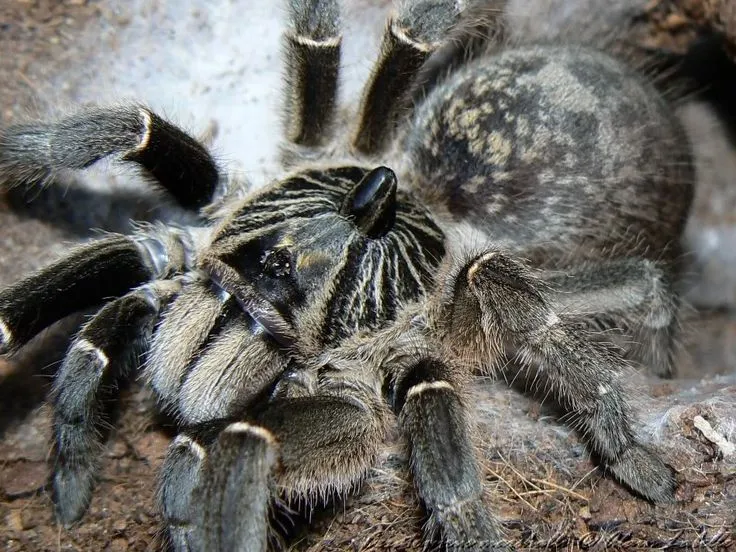
Sexing a Straight Horned Baboon Tarantula involves examining the molt. After molting, the exuvia (molted exoskeleton) can be used to determine the sex of the tarantula. Look for the presence of spermathecae (sperm storage organs) in females, which appear as a pouch-like structure. In males, look for the presence of tibial hooks, which are used to hold the female’s fangs during mating. Correctly sexing your tarantula is essential for pairing them. It takes practice to sex tarantulas, so do your research.
Mating and Egg Sac Management
Mating involves introducing a mature male to a mature female. This process can be dangerous for the male, so it is important to monitor the tarantulas during mating. Once mating is successful, the female will lay eggs and encase them in an egg sac. The egg sac must be incubated at the correct temperature and humidity. The female may carry the egg sac or it can be removed for artificial incubation. After hatching, the spiderlings need specialized care. Proper management of the egg sac is crucial for the survival of the spiderlings.
Conclusion
Caring for a Straight Horned Baboon Tarantula is a rewarding experience that offers a glimpse into the fascinating world of arachnids. By providing a suitable habitat, proper diet, and respecting their unique characteristics, you can ensure that your tarantula thrives. Always remember to prioritize their safety and well-being. Regular research and observation are essential for successful tarantula keeping. Enjoy the journey and the privilege of being a responsible tarantula owner.
